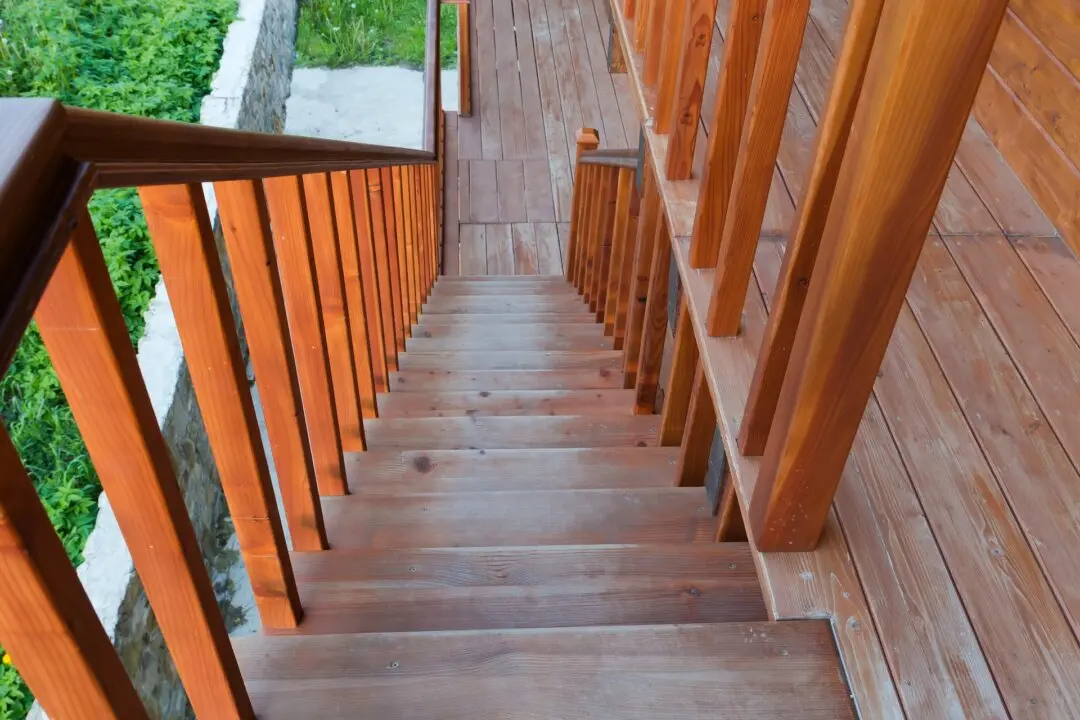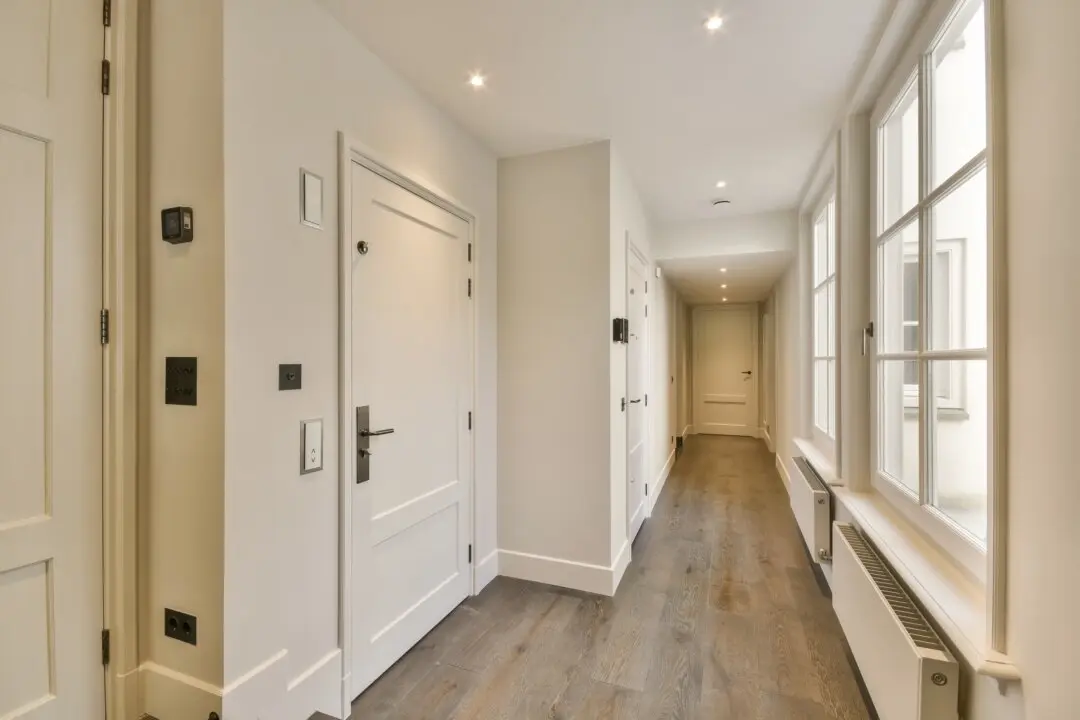Dear James: I think replacing the baseboards and moldings would look better. It is difficult to cut the stair molding to fit without gaps. What is the best way to cut and fit it? —Debra S.
Dear Debra: Adding new baseboards and molding, especially ones with contrasting colors to the walls, can jazz up a room. Although planning and fitting the stair molding can be tricky, adding strong, solid wood molding can minimize damage from shoes and objects bumping against the lower part of the wall along the stairs.





